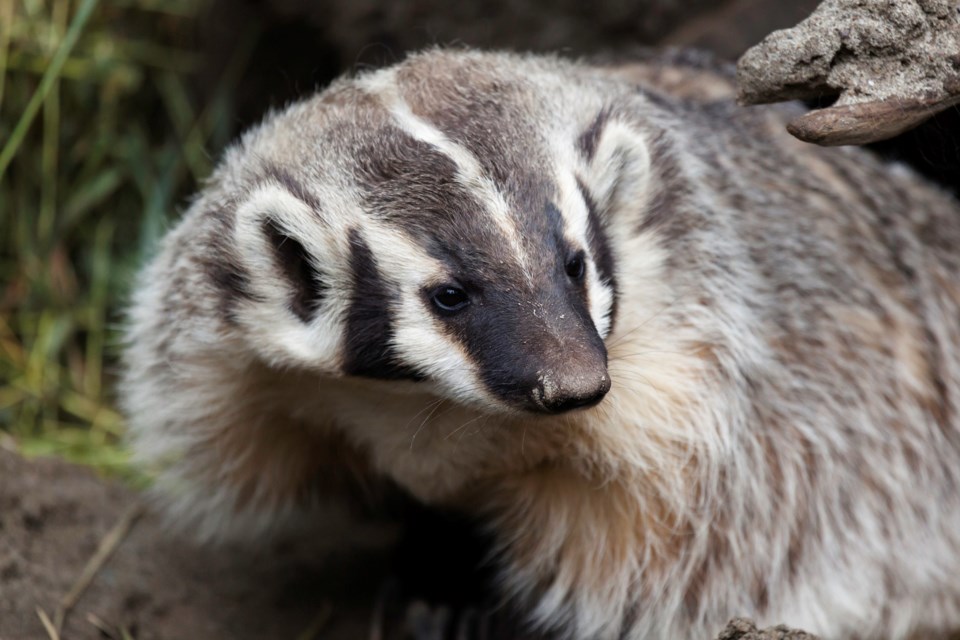When farm support programs with an environmental angle were introduced in Europe decades ago, North American farmers cried foul.
Most farm subsidy programs here were based on the difference between the amount of money it cost farmers to produce a crop, and the amount they lost when they sold it (which at the time, wasn’t very much).
That meant if they got less than the cost of production, a formula would kick in to cover their losses and help prevent them from going out of business.
The role of farmers as land stewards and conservationists was not formally recognized by authorities here…at least, not to the point where governments would pay farmers a meaningful amount to engage in environmental activities. Environmental activity was for the most part considered farmers’ responsibility.
In Europe, it was different. Support programs were created that offered farmers money to not farm a portion of their land that they would instead set aside for wildlife habitat. The European Union would pay them a sum more or less equal to the amount they would have made on the land had they grown a crop on it.
At the time, this was considered preposterous by many in North America’s agricultural sector. A trade war was raging over grain between the Europeans and Americans – too much was being produced by too many, and prices were in the tank. This environmental set-aside money was viewed as a blatant way for the European Union to help its farmers keep producing low-priced grain without going broke, and then for the government to continue dumping it in world markets.
Fortunately, things have changed. Farmers everywhere have diversified, research has produced new varieties and uses for crops, and society has tuned in to farmers’ intrinsic environmental role.
That’s opened doors for conservation programs here that once would have had little chance of getting off the ground.
One of those programs is called BadgerWay, which has just received a second year’s worth of funding.
BadgerWay, administered for farmers and the federal government by Guelph-based Ontario Soil and Crop Improvement Association, offers up to $20,000 to farmers who engage in conservation projects that support on-farm habitat for badgers, a species at risk.
I learned a bit about badgers on an earlier writing assignment this spring. Until then, I didn’t really know badgers exist in the province.
It turns out they’re nocturnal, so they’re seldom seen. And there are only about 200 of them here; Ontario represents the eastern limit of their continental range.
Badgers live around field edges, buffer strips, windbreaks and other grassy areas on farms.
“In southwestern Ontario, badgers call our farms home,” says soil and crop association president Mack Emiry.
Indeed, without farmers’ help – particularly with the amount of urban development in the province – badgers could be wiped out in Ontario.
So BadgerWay is offering financial support to farmers that create new habitat, or connect existing on-farm habitat. Eligible projects involve tree and shrub planting for windbreaks and buffer strips, establishing perennial contour cropping or other in-field perennial grass strips, and native grassland restoration. Besides protecting the environment, these projects help protect badgers.
Badgers have been watched as closely as possible for several years at the University of Guelph and Trent University, through an initiative called the Ontario Badger Project. It’s led by biologist Josh Sayers, who through farm visits and through the project’s website, answers questions about badger distribution and abundance, habitat and prey, among other things.
He and the other researchers involved in the project have outfitted 10 badgers with small radio transmitters, and placed a dozen motion-activated trail cameras strategically placed near known burrows, to monitor the animals’ movement.
But without farmers’ help, there’ll be no badgers to monitor.
Read more about BadgerWay here.
